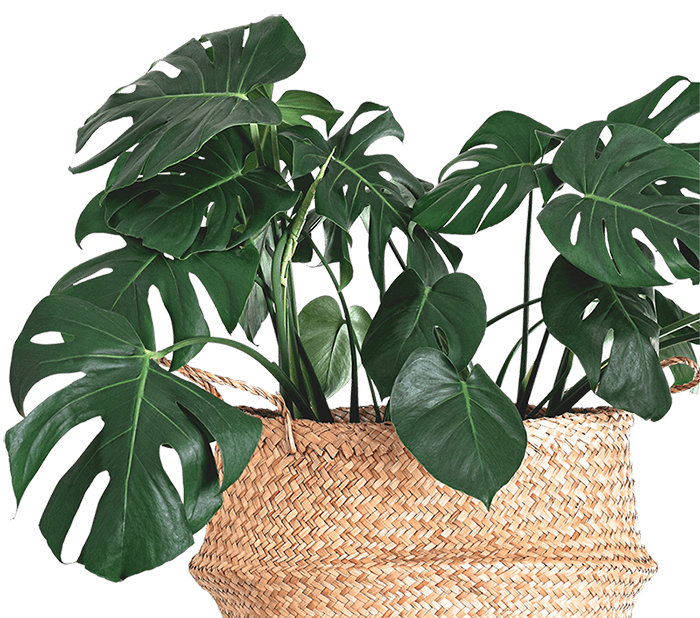
- GIFT CARDS!
- Open Tuesday -Saturday - 10AM to 5PM - Closed Sunday & Monday
- (512) 580-3590
Common Names: Whale’s Tongue Agave, Whale’s Tongue Century Plant, Agave
Appearance:
Agave Ovatifolia stands out as one of the hardiest, sun-loving, and most reliable agaves in our region. Among its various forms, the “Frosty Blue” variation holds a special place as my preferred choice for large-scale landscaping in Central Texas.
Beyond its aesthetic appeal, there are two primary reasons why I favor the Whale’s Tongue Agave for landscaping in CTX.
Firstly, it boasts exceptional growth rate. While many agaves may take decades to reach full maturity, Ovatifolia can nearly double in size annually until it spans 4-5 feet wide, thereafter continuing to flourish. This rapid growth allows for cost-effective landscaping, as smaller and more affordable plants can be purchased initially.
Secondly, it possesses rare resilience to our wet winters. Typically, succulents struggle with wet roots and freezing temperatures, but Ovatifolia defies this norm. It can endure temperatures as low as 5 degrees Fahrenheit even with moist soil, making it a standout exception in our climate.
When investing in Agave Ovatifolia, you can trust in its ability to thrive amidst the increasingly extreme winter conditions we face.
Types of Agave Ovatifolia we carry:
Sun Requirements:
Prefers full sun but can tolerate partial shade with no problem.
Watering Needs:
Common Problems and Remedies:

